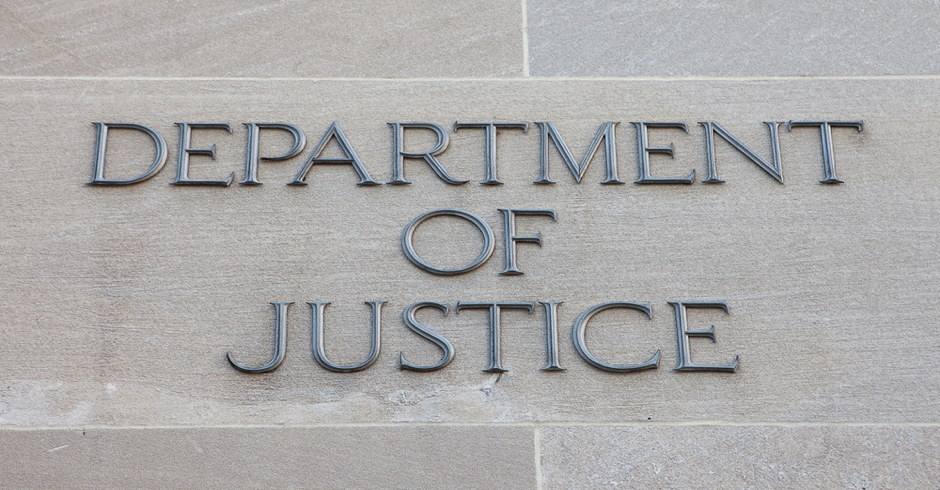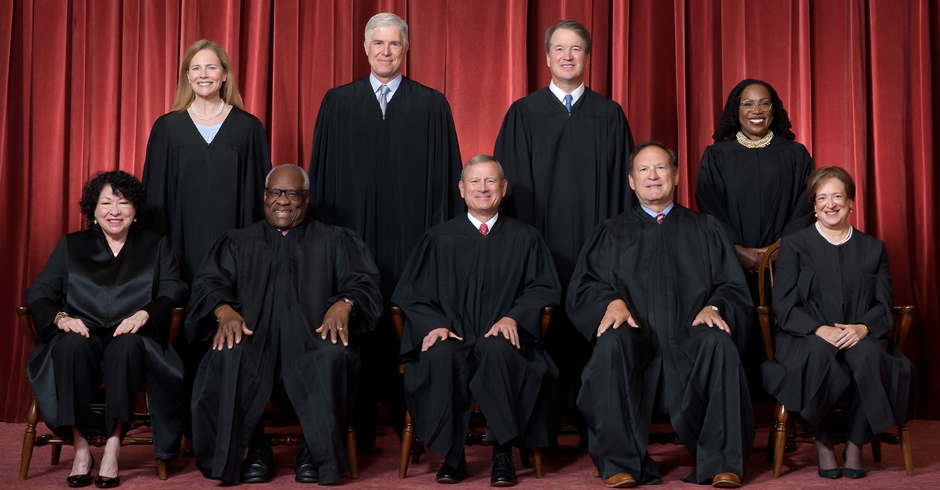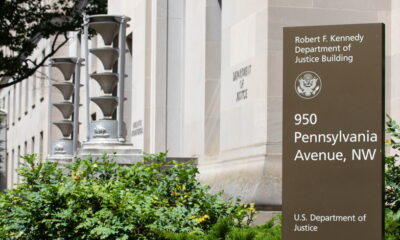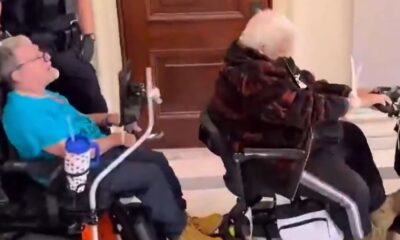Republican Presidential Candidates Align With Anti-Gay Religious Leaders
Why does much of America still think it is acceptable – and even expected – for Republican presidential candidates to align themselves with the most virulent of anti-gay religious right leaders?
For more than two decades, conservative Christian voters have been regarded as a crucial voting bloc necessary to win the Republican presidential nomination.Â
GOP candidates Ted Cruz, Mike Huckabee, and Bobby Jindal, clearly in a seductive dance with conservative bases, have linked the approval of same-sex marriage by the Supreme Court to attacks on the religious liberties of conservative Christians. Their efforts to amass the conservative votes in early caucus conventions has produced some visible alignments of note between candidates and religious leaders.
As exhibited in the November 6-7 Des Moines Freedom 2015 rally sponsored and hosted by anti-gay and anti-trans extremist Colorado pastor Kevin Swanson, it appears some presidential candidates are willing to tolerate extreme hostility toward LGBT people for valuable conservative backing. All three Republican candidates spoke at Freedom 2015 after Swanson’s tirade without denouncing him.Â
Another such display of endorsing hostility in exchange for votes will take place Saturday, when Ted Cruz travels to the campus of Bob Jones University, widely known for on campus anti-gay rhetoric throughout past decades that is still happening there despite recent administration apologies.
At the gathering, positioned as a “rally for religious freedom,†Cruz will be joined by Family Research Council President Tony Perkins, along with the usual cadre of bakers, florists, twins, and religious leaders.
Cruz, who has failed to denounced or distanced himself from the hateful rants of Swanson, will be joined by yet another anti-gay religious leader, Michael Brown.
Though Brown has publicly denounced the words of Swanson, stating it is “not Christian in any shape, size, or form to provoke hatred towards gay or lesbians, or worse still, to suggest that they should be mistreated,” one would be wrong to view Brown as the kind and compassionate voice he suggests himself to be.
Often lacking self-awareness of impact of their teachings, it seems a hierarchy of “God-approved†anti-gay religious leaders exists. Most of us would readily recognize Swanson as an extremist. But what about the pastor-types and organization heads whose teachings and policies foster mistreatment and hatred toward gays?
Brown, who has written three non-academic and ideologically-based books focused on gays and transpeople, their need to change, and their destructive influence on marriage, family and the culture, believes his version of damaging rhetoric is a more loving variety ordained by God.
I have engaged with Brown, his writings and books, his public action of leading 200 Christians into Charlotte Gay Pride with the intention of redirecting attendees to reparative therapy, and followed his public comments about LGBT people for almost five years. Though not as extreme as Swanson, Brown is guilty of dangerous teachings that have driven LGBT people, LGBT Christians, and their families and allies from finding spiritual haven in many Christian faith communities. and acceptance within their own families.
Typical of anti-gay conservative religious and organizational leaders and the presidential candidates who hold hands with them, Brown’s own cultural ideology, disguised as theology, thoroughly ignores the historical and cultural progression between what was written thousands of years ago to and in a specific culture and what we recognize today as same-sex couples in loving and committed relationships.
Increasingly, progressive Christians, myself included, are refusing to allow conservative interpreters of the Bible who neglect to address the cultural shifts in the status of women, the progression of understanding and input from experts in human sexuality, and the merger of conservative politics and religion since the late 1970s, each having significantly influenced the ability to take an honest look at biblical translations to inform our faith at its intersection with sexual orientation and gender identity. (I have written a book detailing this, Walking the Bridgeless Canyon)
In attempts to woo conservative Christian voters, we are witnessing public displays of alliances between candidates and religious leaders like Brown, and Eric Teetsel, a strong anti-gay leader amongst the Southern Baptists whom Marco Rubio has selected as his faith advisor.
Staunchly anti-gay Family Research Council representatives will also anoint their choice; as of now, that choice appears to be Cruz.
We’ve seen this demonizing and dehumanizing the LGBT community tactic used before in the 1980, 1992, and 2004 elections to get conservative voters registered and to the polls.Â
As long as the candidates. or those who support them, continue to ignore the fact that every professional medical and mental health organization in the U.S. asserts that homosexuality is a normal variation of human sexuality, they are complicit in creating destructive environments for LGBT people and their families.Â
There is no hierarchy of who hates less or with a “God-ordained†hatred when it comes to religious leaders who, in ignorance, formulate opinions and doctrine detrimental to LGBT people and their families. They are all guilty.
Presidential candidates who align with such ideologues are themselves anti-LGBT and should be plainly labeled as such as they exchange hostility of LGBT people for conservative votes.
Â
Â
Photo is from Ted Cruz Facebook page

Enjoy this piece?
… then let us make a small request. The New Civil Rights Movement depends on readers like you to meet our ongoing expenses and continue producing quality progressive journalism. Three Silicon Valley giants consume 70 percent of all online advertising dollars, so we need your help to continue doing what we do.
NCRM is independent. You won’t find mainstream media bias here. From unflinching coverage of religious extremism, to spotlighting efforts to roll back our rights, NCRM continues to speak truth to power. America needs independent voices like NCRM to be sure no one is forgotten.
Every reader contribution, whatever the amount, makes a tremendous difference. Help ensure NCRM remains independent long into the future. Support progressive journalism with a one-time contribution to NCRM, or click here to become a subscriber. Thank you. Click here to donate by check.
 |




















